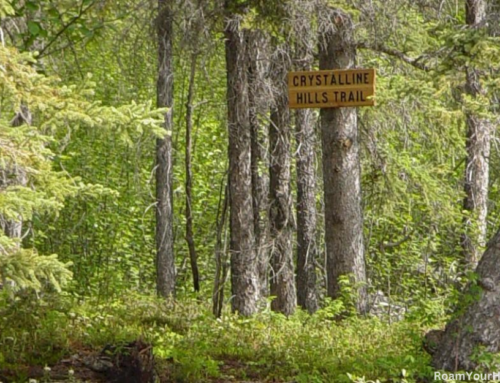
Seeing Wildlife in Denali National Park
Denali National Park in Alaska’s interior is home to many beautiful things—snow-capped mountains teeming with glaciers, wildflower-saturated valleys, vast tundra, and North America’s highest mountain. For many visitors, the opportunity to see once-in-a-lifetime wildlife is the highlight of their trip.
Denali’s remote and undeveloped wilderness is home to nearly 170 species of birds and 39 different mammals. The park protects the habitat of some of North America’s most impressive large wildlife, including the “Big 5,” on all visitor’s bucket list. Those are grizzly bears, caribou, moose, wolves, and Dall sheep. Wildlife inspired Congress in 1917 to establish what was then known as Mount McKinley National Park. The park would later be renamed Denali, meaning “the high one” in native Athabaskan.
I was fortunate enough to work three summer seasons in Denali National Park. And I was lucky enough to see all the wildlife on the following list while exploring Denali’s 91-mile-long park road and backcountry. Wildlife sightings can never be guaranteed. However, I’ve compiled a list of the ten most sought after wildlife sightings in Denali National Park.
First, book a ticket on the green “shuttle” buses to Wonder Lake, which is 85 miles on the Denali park road. The tan tour buses cost more and don’t go as far into the park. Speaking from experience, the shuttle bus drivers give as good of a tour as the tour bus drivers. Many drivers drive both shuttle and tour routes. All buses will stop when wildlife is spotted, and most drivers are experts at spotting animals.
Few things to consider when riding the Denali Park shuttle bus
Here are a few things to take note of. Dress comfortably. These are essentially school buses and are not luxury rides. The trip to Wonder Lake takes about 11 hours. That’s a long time on a school bus. Make sure your camera is charged, and bring an extra battery and SIM card. I recommend bringing an external battery pack for recharging if you use your phone. Remember binoculars, the park is massive, and wildlife may be spotted far away in the distance. Lastly, bring food and water.
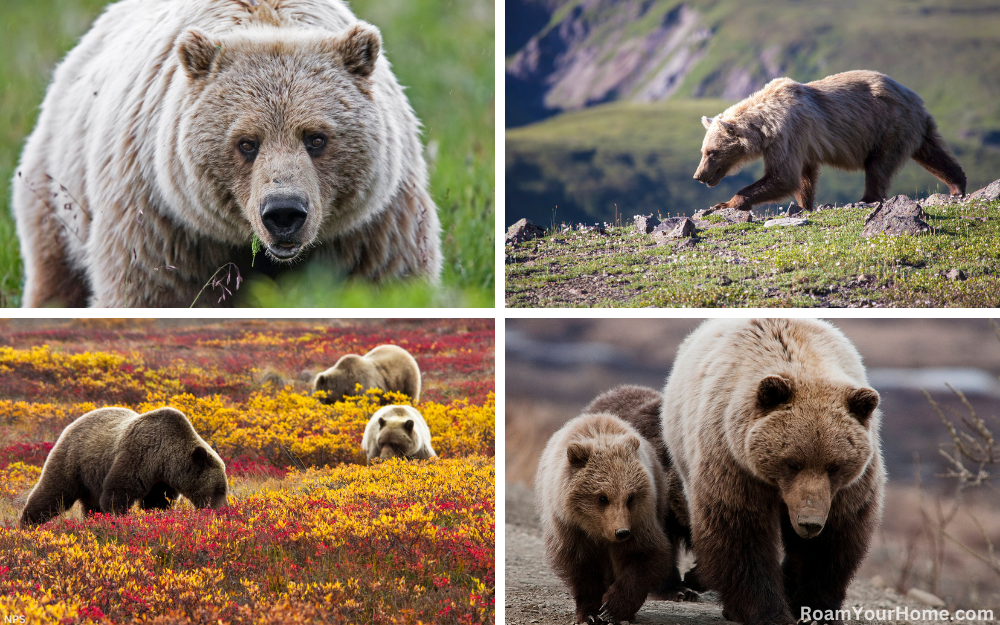
Grizzly Bears in Denali
Denali is home to black and grizzly bears, but black bears are rarely seen. You are much more likely to see a grizzly. Watch closely along riverbeds, especially the Savage, Teklanika, and Toklat Rivers. You can also frequently spot grizzlies in alpine areas such as Sable or Thoroughfare Pass.
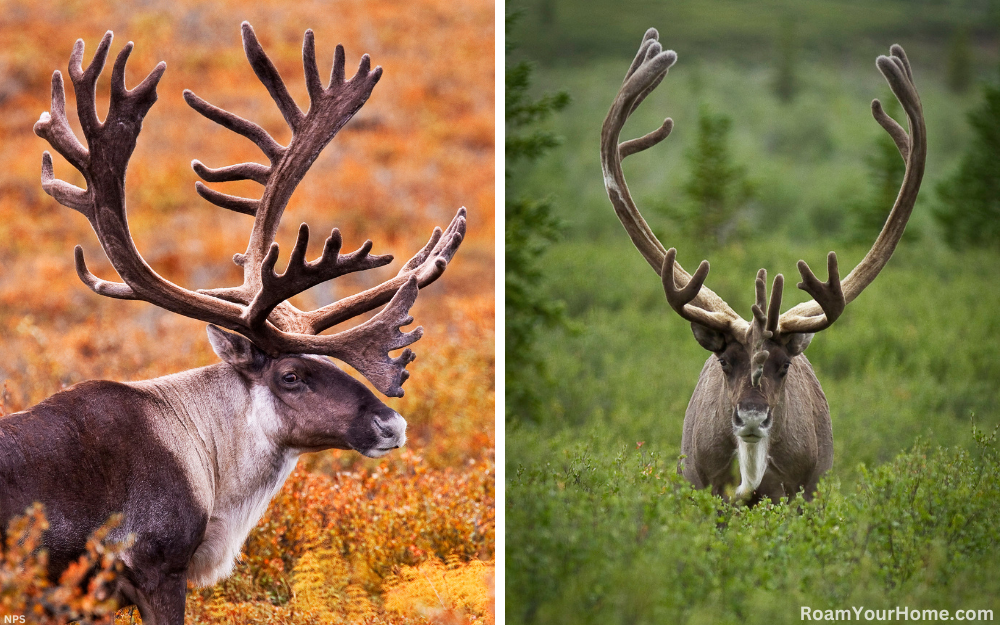
Caribou in Denali
During the summer Caribou can be viewed at quite a few different places. They are most often spotted in small groups snacking in brushy areas. You may see one close to the bus browsing if you get lucky. I’ve had great luck along the East Fork of the Toklat River. Also, a general rule of thumb is where there are caribou, grizz could be nearby.
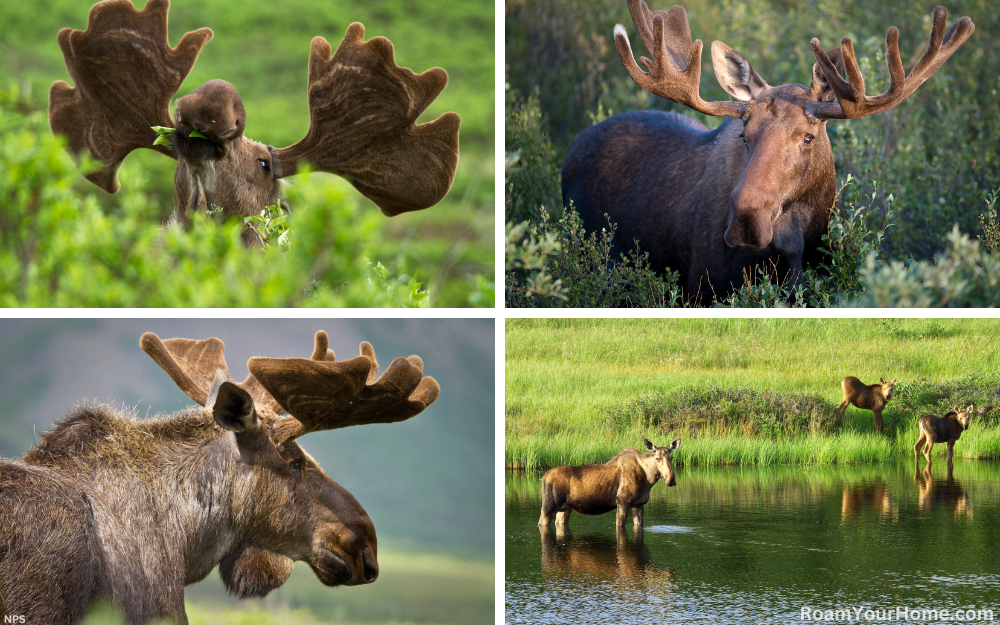
Moose in Denali
Seeing a moose in Denali is extremely exciting. Keep this in mind, though. I’ll never forget what my then-boss told me about moose in the park. They are BIG, DUMB, and VERY DANGEROUS deer. She was very right. I watched and ran from many moose near the visitor center. Moose are often spotted near the park entrance to the Savage River. A few cow moose with calves frequent the Riley Creek Campground area each spring, right by the park entrance. Keep your distance. Those moms can be protective and short-tempered. In fall, during the rut, bull moose tend to congregate in the open area from around mile 9 through 13 of the park road. Also best to keep a safe distance (25 yards according to the NPS) here. During the rut, bull moose wanna do two things, fight and you know what.

Dall Sheep in Denali
One of the main reasons Denali was made a national park was to protect Dall Sheep. Both rams and ewes are a beautiful pure white. They are often spotted from a distance near “escape terrain,” such as steep rocky ledges. As you pass through Igloo Canyon near mile 34, look for white spots with legs high on the slopes. You may see some near the road by Polychrome or the Eielson Visitor Center. I’ve had great luck seeing them hiking around the Savage area as well.
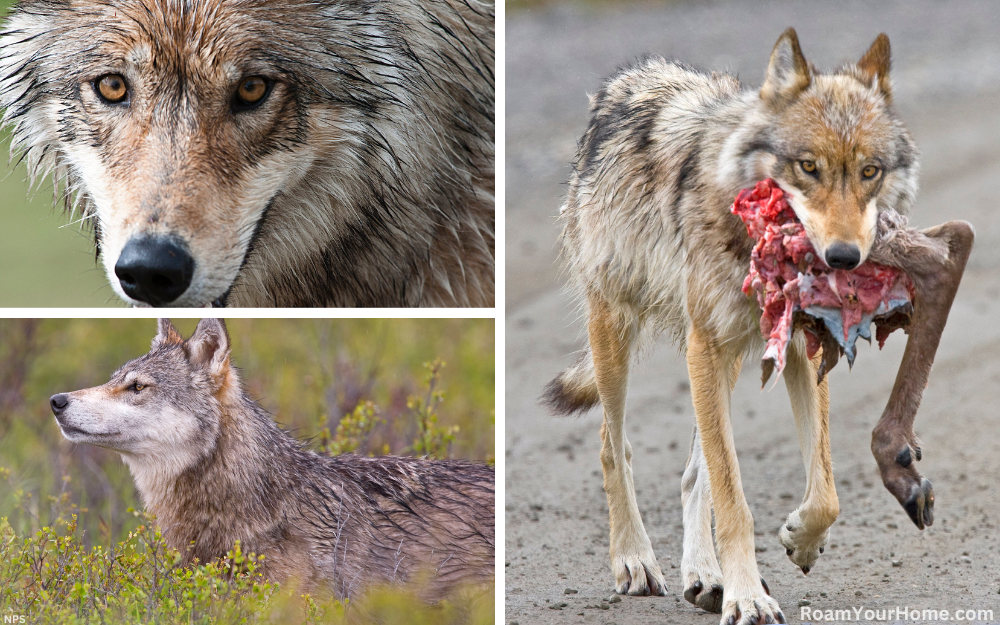
Wolves in Denali
Denali is considered one of the very best places in the world to see wolves in the wild. There is not one place that is much better than another in the park to see wolves. I’ve seen them running along the park road. But park wolves have been known to sometimes travel along Igloo Creek between Sable Pass and the Teklanika River. Of all the Denali National Park Wildlife, seeing a wolf is largely luck, unfortunately.
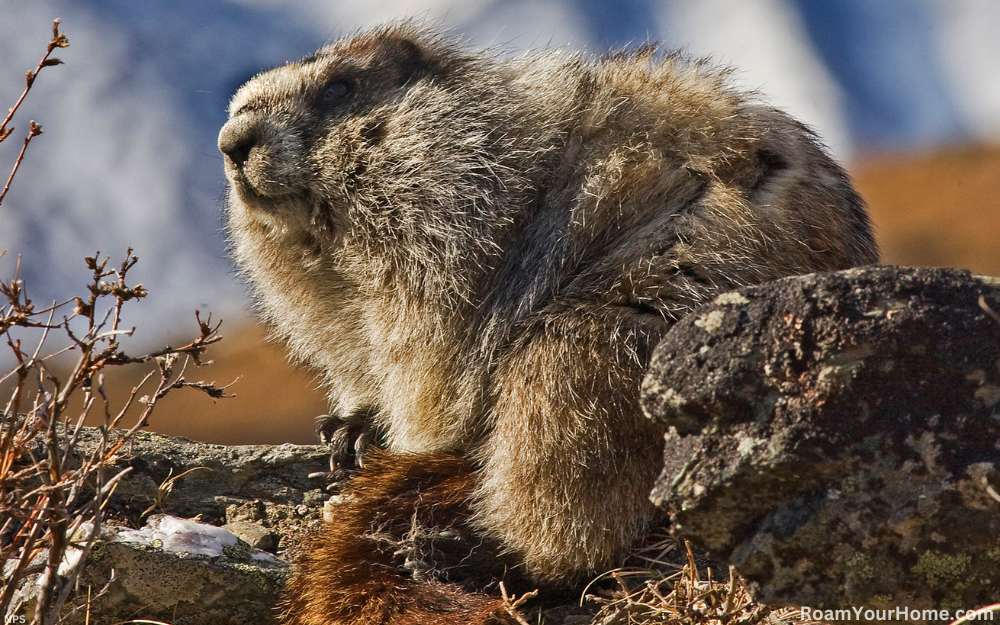
Hoary Marmots in Denali
Hoary marmots, or “whistle pigs” as they are colloquially known, can be seen throughout the park. The large rodents get the nickname from their high-pitched call when alarmed. For the best chance at seeing one of these alpine groundhogs, look for them resting along rocky outcrops.
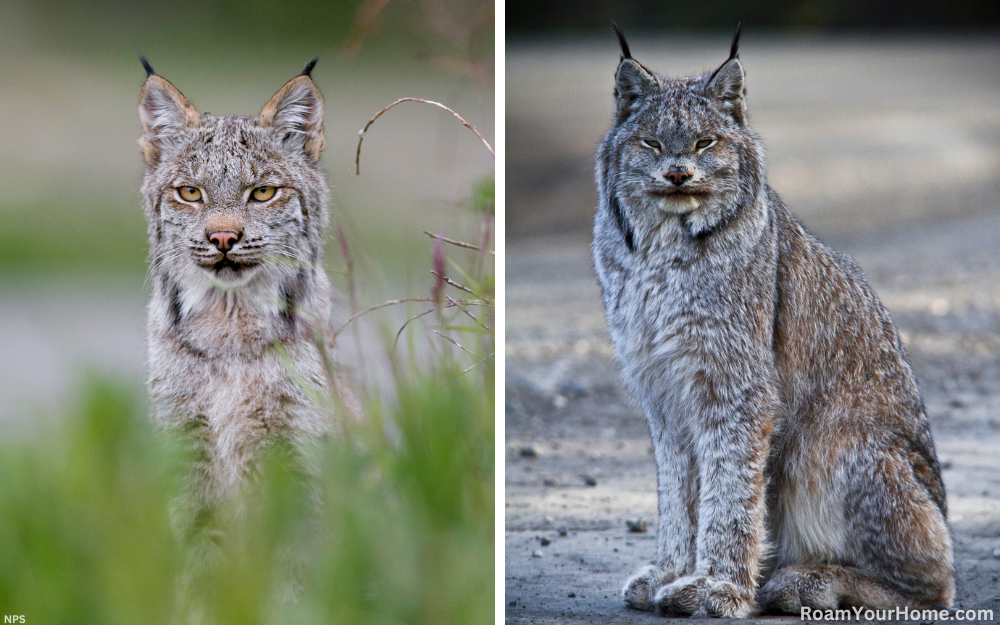
Lynx in Denali
If you are fortunate enough to glimpse a lynx in Denali, you should consider yourself extremely lucky. Seeing a lynx is rare. The stunning predators are primarily solitary and nocturnal. They are carnivores that prey on small game, especially snowshoe hares.
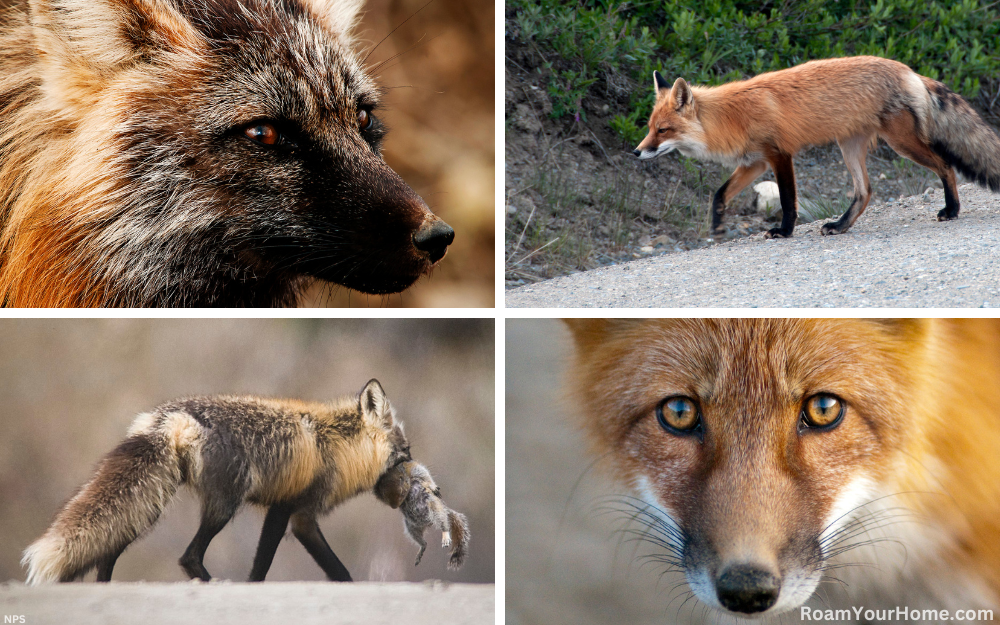
Red Fox in Denali
Visitors commonly see red foxes in Denali. I frequently saw them on my walk from employee housing when I worked there. A rule of thumb, where there are plentiful small game, rodents, and abundant berries, there are likely foxes nearby.
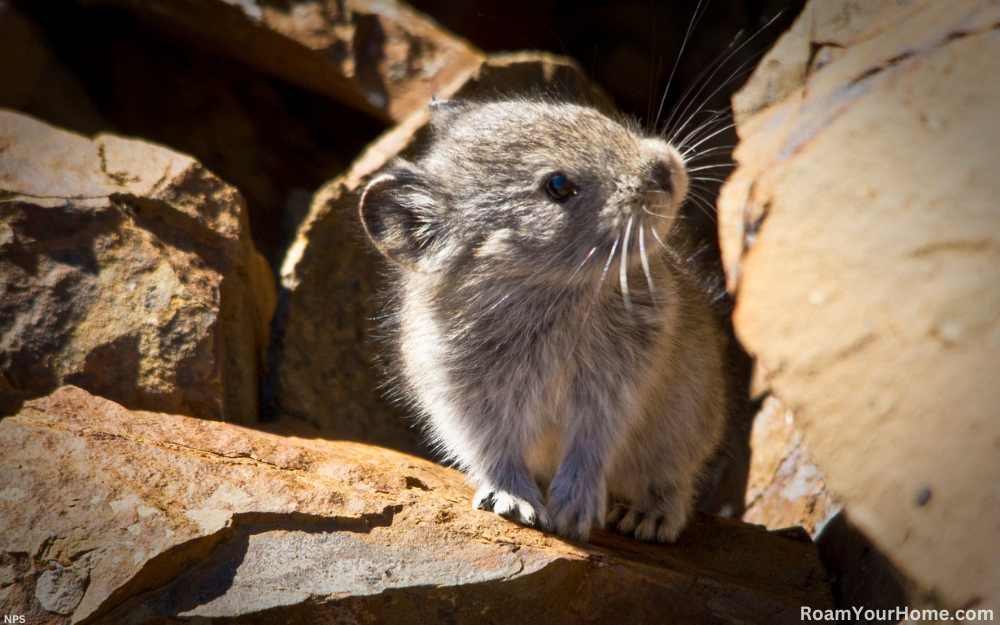
Pika in Denali
Collared pikas can be seen throughout Denali. Look for them along talus outcrops. They can be difficult to spot from the bus because they are only about the size of a guinea pig. When you get off the bus to stretch, it is a great time to see them. If you don’t see one immediately, listen for a high-pitched squeak that sounds like a dog toy. That is their alarm call, and one is nearby.

Birding in Denali
One hundred sixty-nine different bird species have been identified in Denali National Park. If you get lucky, you may see a Golden eagle or boreal owl. But the most common birds spotted are willow ptarmigans, gray jays, and ravens, with ptarmigans being the most commonly observed bird in the park. Watch for gyrfalcons along the cliffs between the Toklat River and the Eielson Visitor Center. Canada Jays are all over the boreal forest near the park entrance.

